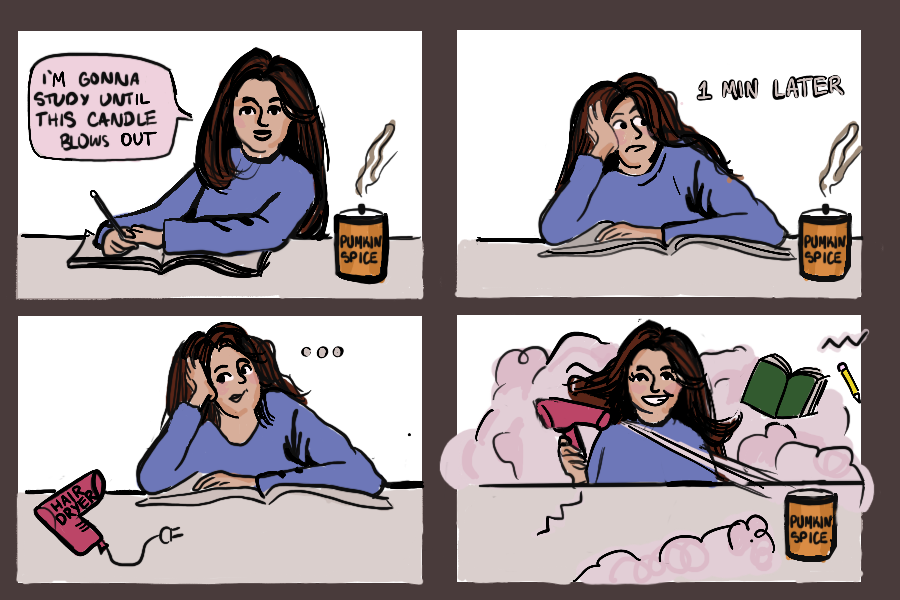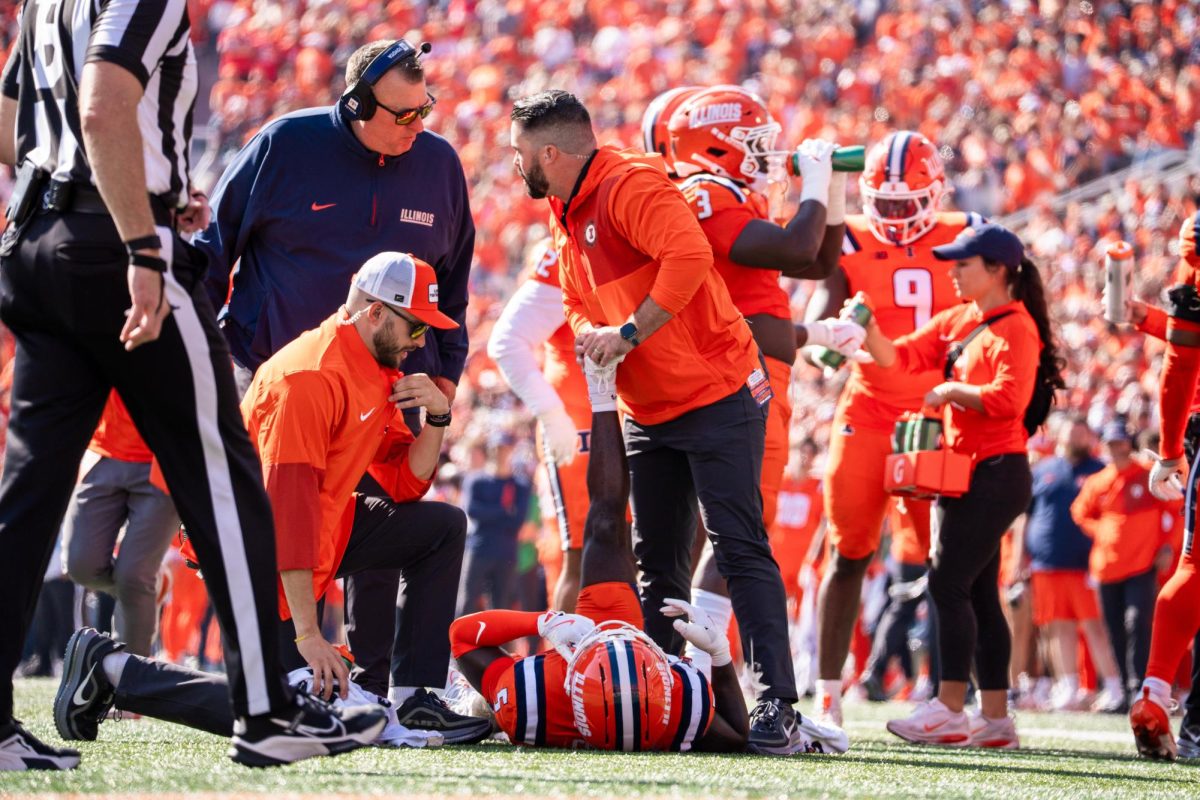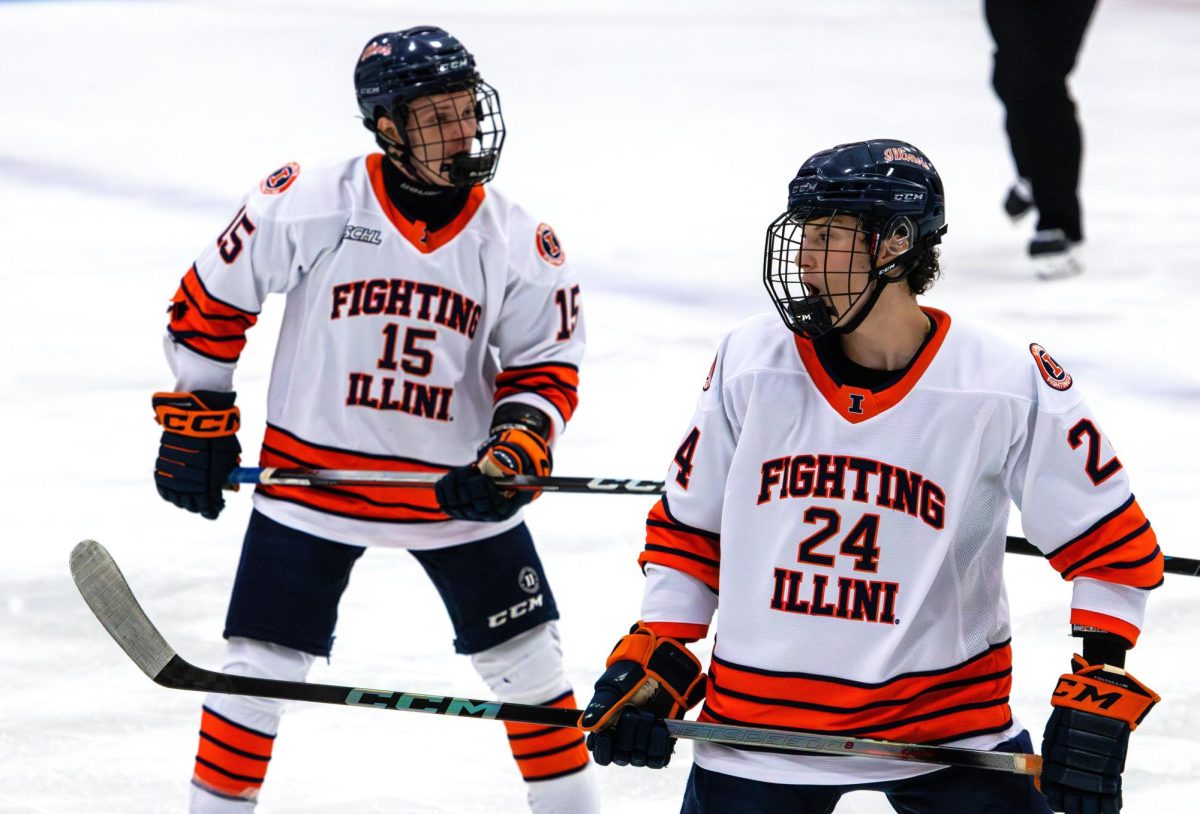Elizabeth Hsiao-Wecksler is an associate professor of mechanical science and engineering. She joined the University in 2002 as a tenure track faculty person. Hsiao-Wecksler is one of five female researchers out of over 50 tenure-track faculty in this program.
It took the mechanical engineering department 130 years to hire a female engineer in a tenure track, she said.
Though 43 percent of University professors, associate professors, assistant professors, visiting staff, postdoctorates, clinical faculty and administration and management staff are women, gender inequality is often seen in the areas of social sciences and technical studies, according to a University Division of Management Information report.
Female professors are more prevalent in the social sciences, and their representation in science, technology, engineering and math, or STEM, fields remains limited.
Hsiao-Wecksler explained some of the reasons behind gender inequality in academic technical studies.
Get The Daily Illini in your inbox!
“Only 4.4 percent of students across the country (graduate with) bachelor’s degrees in engineering, which is far less than Asian countries,” she said. “Only 1.43 percent out of all engineering students in the country are female.”
Hsiao-Wecksler said that a high proportion of young female students begin their education with interest in science and math but a majority too often switch to other fields when they reach middle and high schools.
Gender inequality in STEM fields
A 2011 report by the U.S. Department of Commerce found that only one in seven engineers are female. The report also suggests that employment growth for women in STEM jobs has been stagnant since 2000.
Hsiao-Wecksler said a woman who receives a Ph.D. is less likely than a man to seek an academic research position.
“Women are required to balance between their professional and family lives, (and) because of (that) they find it difficult to pursue full-time research positions,” she said.
Hsiao-Wecksler said time pressures, family setup, social responsibility and lack of female engineer role models are some of the problems for female researchers. Most faculty in the sciences work on average about 50 hours a week up through age 62, leaving little time to be around family, according to a report by American Progress.
Women and economy
A report by the Executive Task Force for Women, released through McKinsey & Company, a global consulting firm, found that between 1970 and 2009, women in the U.S. went from holding 37 percent of all jobs to 48 percent, which implies an addition of 38 million more women into the national workforce. The report suggests that without the female workforce, the national economy would be 25 percent smaller today — an amount equal to the combined gross domestic product of Illinois, California and New York.
Iwona Jasiuk, professor of mechanical science and engineering, said some universities recognize the problems faced by women in academia and offer various programs to help them, including leaves of absence to take care of children, longer tenure time clocks and other arrangements.
“There are several other peer institutions which have higher percentages of women on faculty. These include Stanford, Northwestern, Purdue, University of Michigan, among other institutions,” she said in an email.
Jasiuk explained that academia is a high-pressure and high-reward profession, and earning tenure during the childbearing time is a big challenge.
“Women who are unmarried and do not have children publish (their research) as much as men,” she said.
Jasiuk said support of administration and faculty and better awareness of search committees can encourage more women in academia. Individuals who drop out of science and math after years of training represent a huge economic loss, she added.
Hsiao-Wecksler said it is important for universities to adopt more family-friendly policies to help prevent female Ph.D.’s in the sciences from dropping out of research careers.
“Stopping the clock on tenure for women scientists who give birth gives them extra time to do research and publish,” she said.
Zara can be reached at [email protected].
Editor’s note: A previous version of this article incorrectly quoted Elizabeth Hsiao-Wecksler saying, “It took the mechanical engineering department 130 years to hire a female engineer in a 10-year tenure track.” This paraphrase should not have been written as a direct quote. The article incorrectly referenced “10-year tenure track” where it should have only referenced “tenure track.” The article incorrectly quoted Hsiao-Wecksler saying, “Only 4.4 percent of students across the country pursue bachelor’s degrees in engineering.” The quote should have read, “Only 4.4 percent of students across the country graduate with bachelor’s degrees in engineering.” A paraphrase was wrongly attributed to Hsaio-Wecksler. “Most faculty in the sciences work on average about 50 hours a week up through age 62, leaving little time to be around family” should have been attributed to an American Progress report. In addition, information in question, which was attributed to the source, has been removed from the online version of the article. The Daily Illini regrets these errors.





